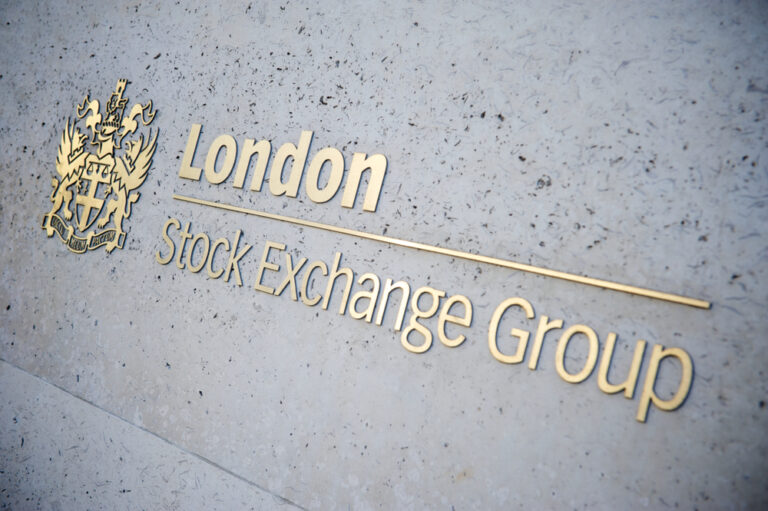Chariot (LON: CHAR) has completed a financing for two wind projects in South Africa. The funding is via a subsidiary, and the wind farms should be commissioned in mid-2027. Chariot retains 65% of the subsidiary and Mahlako is paying $17m for 35%. Chariot’s stake is valued at 2p/share. This is the start of the strategy to build up a portfolio of renewable energy assets. The share price gained 10.5% to 1.58p.
Haydale Graphene (LON: HAYD) has raised £5.25m at 0.5p/share from an accelerated bookbuild, although this is lower than the £5.91m anticipated. A retail offer could add up to £500,000 – this closes on 16 December. Haydale has agreed to acquire Intelligent Resource Management, which trades as SMCC for an initial £12m in shares at a notional price of 0.645p each. This deal will add consultancy and project installation to Haydale Graphene’s energy transition technologies and provide access to potential customers. Octopus converted £500,000 of convertible loan notes into 417.88 million shares. The share price rebounded 10% to 0.55p.
Mkango Resources (LON: MKA) joint venture HyProMag USA, a rare earth recycling and processing business, has expanded the Texas hub facility and is planning a listing in the US in around one year’s time. The NPV of the Texas project and two other sites is $409m based on current market prices. The figure is much higher based on forecast prices. Up front capital costs are $142m. The share price rose 8.65% to 56.5p.
Mathematical modelling and biostatistics company Physiomics (LON: PYC) has won a follow-on contract with an existing UK client. Physiomics has already worked with the client in “developing a population Pharmacokinetic (PK) model to inform the design of a Phase 2 clinical study for a small molecule therapeutic targeting rheumatoid arthritis”. The latest contract will carry on into the phase 2 study. However, the project will not start until 2027. The work is valued at between £116,000 and £169,000. The share price increased 7.55% to 0.285p.
Cadence Minerals (LON: KDNC) says that the company that owns the Amapa iron ore project in Brazil has completed the first payment under a settlement that resolves the material legacy issues relating to the former owners of the project. This means that the development of the project can progress and ore transport restrictions are lifted. The share price improved 7.04% to 3.8p.
Shares in Van Elle (LON: VANL) recovered 1.45% to 35p after the completion of the sale of the Canadian rail business. This raised C$2.7m with a deferred payment of C$2m to be paid during 2026. The total is equivalent to £2.5m but subject to balance sheet adjustments.
FALLERS
Energy as a Service provider eEnergy Group (LON: EAAS) says £3m-£4m of expected 2025 revenues will be delayed until 2026. This is due to installation delays and contracts not being signed until next year. This means that 2025 revenues will fall to £23m-£24m (previously £28m was expected), but EBITDA should still improve from £600,000 to £1.5m-£1.9m, although £2.5m had been expected. Management believes that revenues could reach £20m in the first half of 2026 and is guiding full year revenues of £34m and EBITDA of £4.5m. Given the track record, investors are not going to take this 2026 forecast for granted. At the beginning of 2025, forecast revenues for the year were £31.5m and the EBITDA estimate was £3m. The share price declined 8.99% to 4.05p and is 16.5% lower this year.
GreenRoc Strategic Materials (LON: GROC) and its consortium partners have been granted up to £1.2m for a project called “EU-Graphite: Building European production of graphite active anode material” by the Danish government. This will help to cover expenses for 24 months while upscaling a hydrofluoric acid-free graphite purification technique. GreenRoc will receive £730,000 of the grant. The share price dipped 6.06% to 3.1p.













